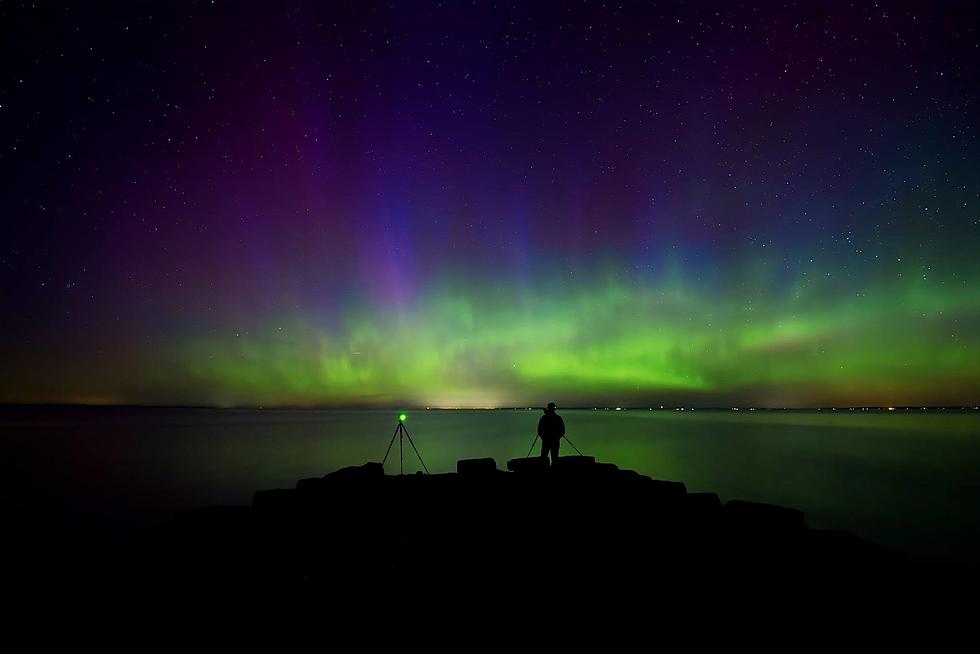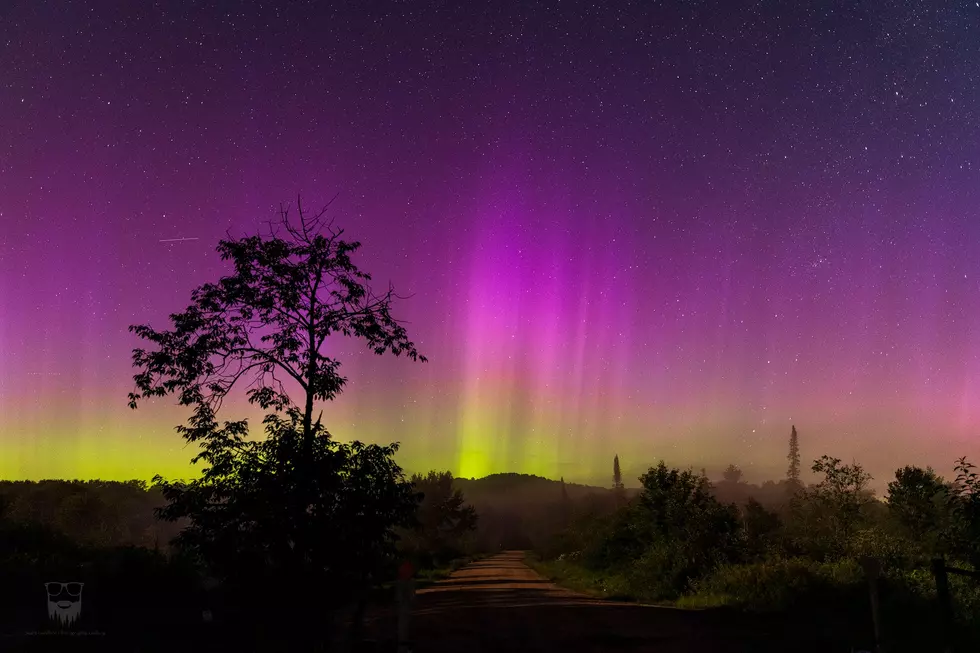
Look Up! Dazzling Northern Lights May Light Up New York Sky
We may get lucky and catch a glimpse of the Northern Lights over New York.
The Northern Lights or aurora borealis as they're technically called, will light up the night sky over the Northeast from Wednesday, March 30 to early Thursday, March 31.
When to See
You'll need a dark sky between 10 PM and 1 AM to see the lights the best. Charles Deehr, a professor emeritus and aurora forecaster at the University of Alaska Fairbanks' Geophysical Institute, says you'll need a little patience too.
"Active periods are typically about 30 minutes long and occur every two hours, if the activity is high. The aurora is a sporadic phenomenon, occurring randomly for short periods or perhaps not at all."
Unfortunately the forecast in Central New York is calling for rain overnight and mostly cloudy skies, not ideal Northern Lights viewing weather.
You can see the Northern Lights without leaving your house. The Canadian Space Agency has a live camera of the skies above Yellowknife, one of the best places to see the spectacular light show.
What Are Northern Lights
The aurora borealis are caused by interactions between the solar wind, which is the stream of charged particles emanating from the sun, and the Earth's magnetic field, according to Space.com.
NY Northern Lights
Northern Lights in New York aren't uncommon. Shane Muckey shot some amazing photos of the lights North of Pulaski on Lake Ontario a few years ago. "I've never witnessed anything like it," he said. "It was the most incredible show I've ever seen."
Kurt Garnder captured the beauty in Old Forge around this time last year. Take a look at all their stunning photos.
Photographer Captures Stunning Northern Lights Show in Adirondacks
Northern Lights In Old Forge
More From Big Frog 104








![New York’s Stunning Fall Foliage Can Actually Be Seen from Space [PICS]](http://townsquare.media/site/497/files/2022/10/attachment-RS50415_GettyImages-1020250788-scr-1.jpg?w=980&q=75)
